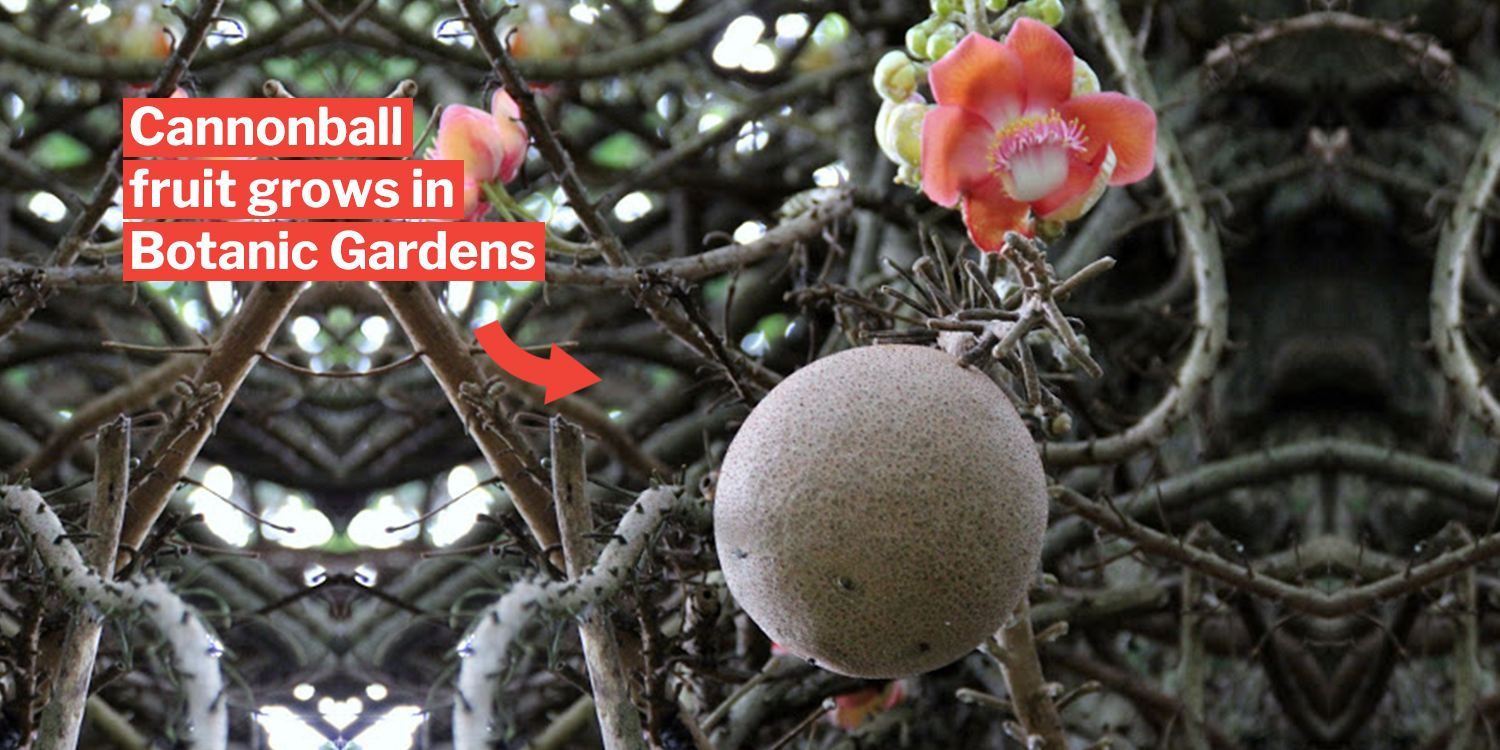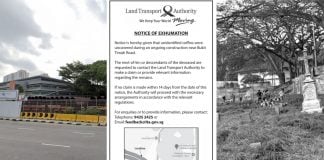Cannonball Tree Fruit Declared ‘World’s Most Dangerous Fruit’ At Chinese Customs
Yet another item has made it to the list of dangerous items you shouldn’t have at airport customs. Dubbed the world’s most dangerous fruit, an unsuspecting traveller tried to carry it back from Singapore upon returning to China, according to The Straits Times report on 14 Jan.
No, it wasn’t durian. But the fruit may exist nearer to you than you think.
The ‘dangerous fruit’ in question was the cannonball tree fruit which can be found growing in residential areas, East Coast Park and Botanic Gardens, among many places in Singapore.
Could potentially explode
The fruit was tucked inside the luggage bag of a traveller who was returning from Singapore to China.
After causing a blip on an X-Ray security scanner, the cannonball fruit was discovered on 5 Jan 2019 at the Gongbei Customs in Zhuhai, Guangdong.
Customs officers in southern China seized the cannonball tree fruit on the basis that it could “potentially explode”.
Authorities say the fruit is a risk as it could “explode” when ripe or put under external force.
According to a Guangdong-based news site of China News Service, the fruit is the “world’s most dangerous fruit”.
Traveller did not declare fruit at airport
The traveller did not declare the fruit as required under quarantine and customs regulations.
Saying the fruit was a gift from a friend in Singapore, the traveller had meant to enjoy it with family.
Gongbei Customs warned that fresh fruits and plants which can reproduce are not allowed into the country.
If convicted, it will be an offence punishable by a fine of at most S$1,000 (5,000 yuan).
A fruitful experience
While the traveller may not have gotten to enjoy the fruit in the end, at least it was a memorable experience.
You should always do your research on prohibited items that should be declared at airport customs beforehand, and take the necessary steps to ensure you follow the rules.
Most importantly, never bring anything potentially explosive into an airport, especially when it’s a fruit aptly named after a ‘cannonball’.
Featured image from Singapore Plants Lover.








